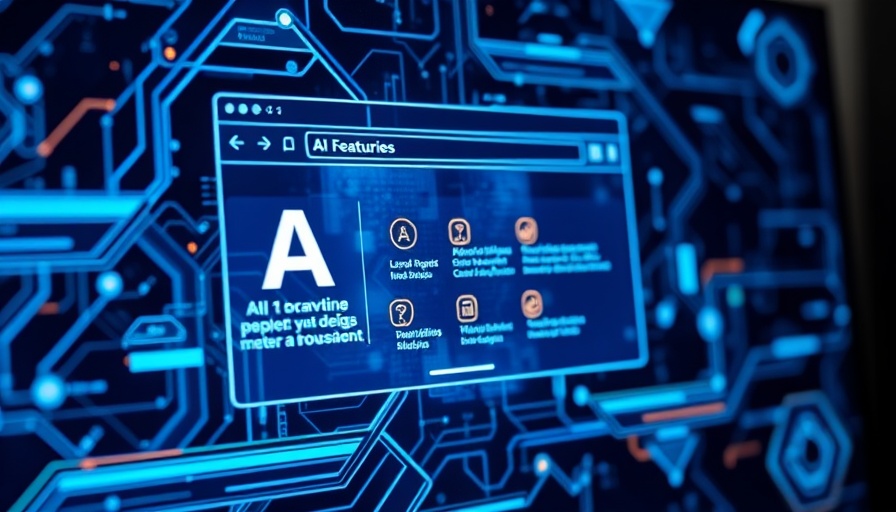
Skild AI’s Revolutionary Humanoid Robots: A Glimpse into the Future
Robotics is making a giant leap forward, as Skild AI, a startup backed by both Amazon and Japan’s SoftBank Group, has recently introduced a groundbreaking AI model, known as Skild Brain, designed to transform humanoid robots beyond simple tasks. This innovation is not merely a technical accomplishment but a significant step towards creating robots that can interact in human-like ways in various environments.
The Power of Skild Brain: What It Offers
Skild Brain is engineered to empower robots to perform a range of tasks that require advanced cognitive abilities—such as climbing stairs and navigating cluttered spaces. This capability is particularly revolutionary since current robots are often limited to singular purposes, usually confined to assembly line operations. By incorporating a broader skill set, Skild’s humanoid robots could redefine the possible applications for these machines in everything from logistics to home assistance.
Addressing Challenges in Data Scarcity
One of the significant hurdles in robotics is the lack of training data available online. Unlike fields such as language processing or visual recognition, where rich datasets are plentiful, robotics must contend with unique challenges. According to CEO Deepak Pathak, skilling these robots involves training them through simulated episodes and real human-action video data. Skild aims to overcome the data scarcity issue by creating a feedback loop where robots continually learn and improve their functionality based on their real-world interactions.
The Investment Buzz: Building a Tech Unicorn
Founded just two years ago, Skild AI has already reached a valuation of $1.5 billion, securing $300 million in funding during its Series A round. The investment community has taken note, with notable backers like Sequoia Capital and Jeff Bezos showing confidence in the company's potential. Their substantial capital will not only fuel research and development but also accelerate the time it takes to deploy these advanced robots across various sectors.
Potential Applications: Beyond the Factory Floor
The versatility of Skild's robots hints at a future far beyond traditional manufacturing boundaries. From healthcare and eldercare support to enhancing everyday household tasks, the potential seems limitless. With partners like LG CNS—known for their IT solutions—these humanoids could soon become essential players in diverse industries, showcasing the seamless integration of robotics in daily life.
Counterarguments and the Limitations of Robotics
Despite the optimistic outlook, there are still concerns regarding jobs, safety, and practicality. Some critics argue that, as these machines become more capable, they might displace human workers in certain sectors. Experts suggest that, while robots can enhance productivity, they should be utilized to complement human labor rather than replace it entirely. Moreover, ensuring the safety of these robots when working alongside humans remains a priority, underscoring the importance of power limits integrated into Skild Brain’s design.
Future Predictions: What Lies Ahead for Humanoid Robots?
The ongoing advancements in robotic technology signify a future where humanoid machines will become commonplace. As public acceptance grows and efficiency improvements are validated, we can anticipate a wave of humanoid robots entering various sectors. This could lead to novel innovations in customer service, healthcare, and education, marking a new era in human-robot collaboration.
Conclusion: Transforming Industries with AI Robotics
As we stand on the brink of a new technological frontier with creatures of metal and circuits mastering tasks alongside us, it remains crucial for stakeholders—policymakers, investors, and the workforce—to engage in conversations surrounding the implications of this transition. By remaining proactive, we can harness the potential of humanoid robots while mitigating the challenges they bring to society.
While the technology is exciting, participation in dialogue about its development and implementation should also be emphasized, ensuring a future that benefits everyone. As we witness the evolution of these robotic marvels, understanding their implications will be equally essential.
 Add Row
Add Row  Add
Add 




Write A Comment